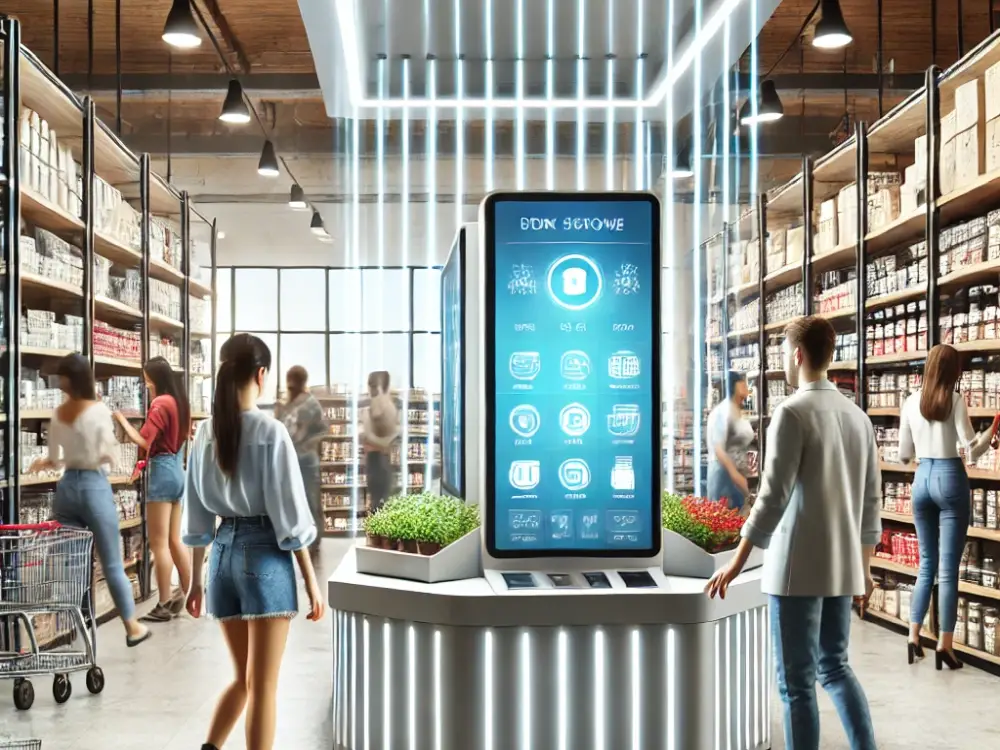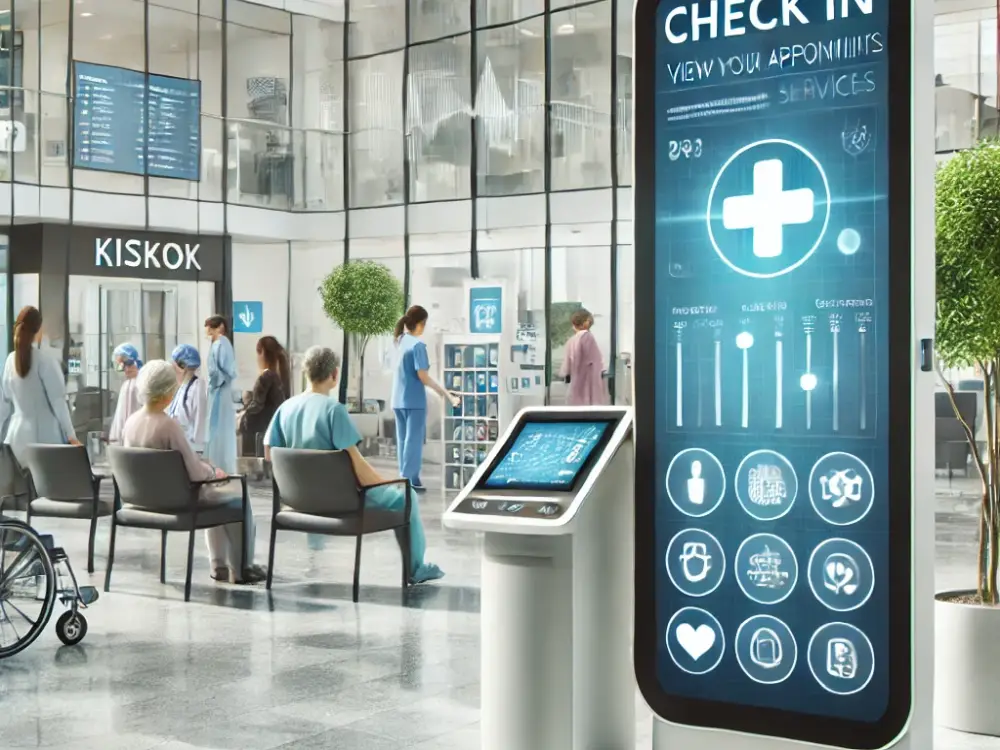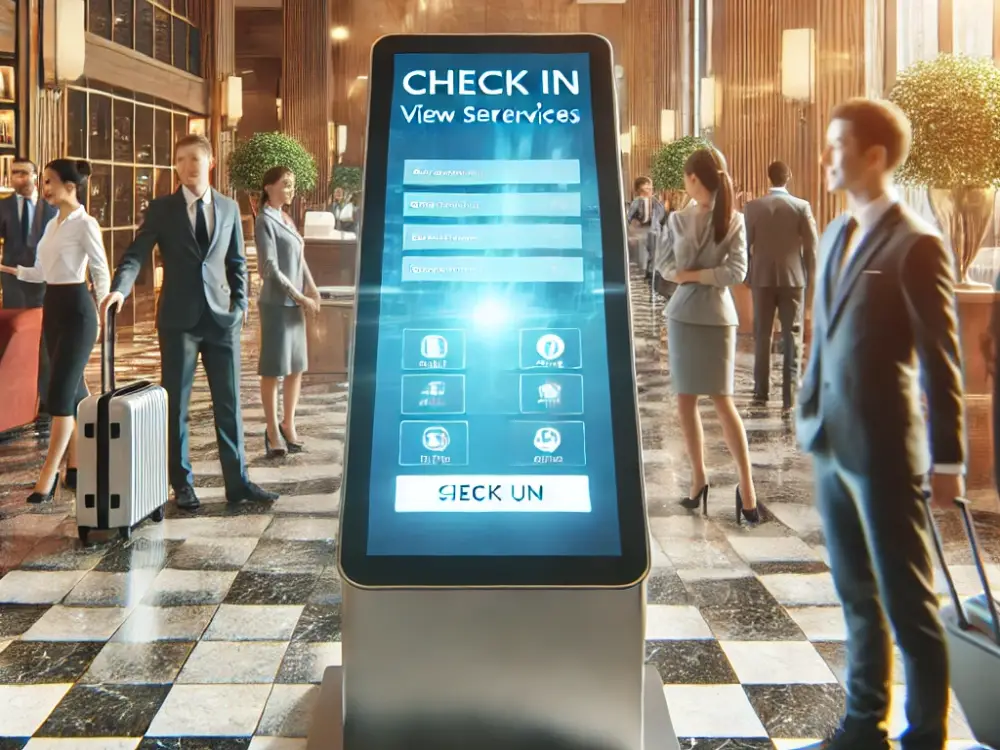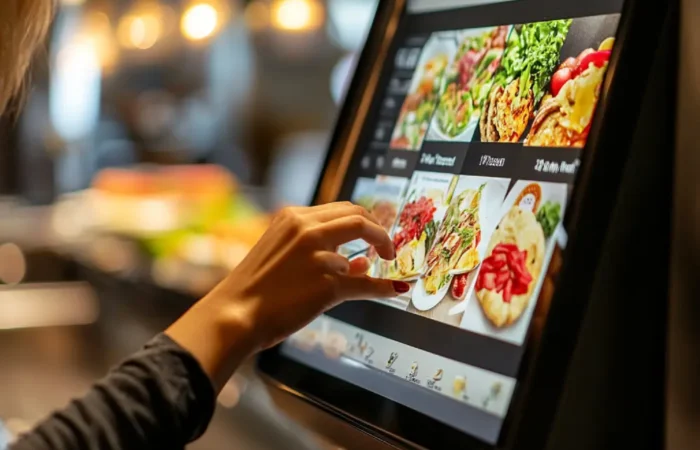How Interactive Kiosks are Transforming Customer Experiences
In today’s digital age, businesses are constantly seeking innovative ways to improve customer experiences and streamline operations. One such technology that has been gaining traction across multiple industries is the interactive kiosk. Whether in retail stores, airports, restaurants, or hospitals, interactive kiosks provide a convenient, self-service option that enhances customer satisfaction while reducing wait times.
In this educational blog post, we’ll explore how
interactive kiosks are transforming customer experiences, their benefits, and how businesses can leverage this technology to stay competitive.

1. Enhancing Customer Engagement with Self-Service
Interactive kiosks offer a
self-service solution that empowers customers to complete tasks on their own. From ordering food at a restaurant to checking in at an airport, kiosks allow customers to interact with businesses without the need for human assistance. This provides a more personalized experience, giving customers control over their transactions.
The touchscreen interface of an interactive kiosk is designed to be user-friendly, ensuring that even customers with minimal technical skills can navigate through the options with ease. This level of engagement not only improves customer satisfaction but also fosters a sense of autonomy and convenience.
2. Reducing Wait Times and Increasing Efficiency
One of the key advantages of interactive kiosks is their ability to reduce wait times. By providing a self-service option, businesses can alleviate long queues and speed up the transaction process. For example, in a retail setting, customers can use kiosks to check product availability, compare prices, and even make purchases, all without waiting for assistance from store employees.
Similarly, in the hospitality industry, interactive kiosks allow guests to check into hotels or order services without needing to wait in line at the front desk. This increased efficiency not only improves customer satisfaction but also allows staff to focus on more complex tasks, enhancing overall productivity.

3. Customizing the Customer Experience
Interactive kiosks offer businesses the opportunity to customize the customer experience based on preferences, demographics, or purchasing behavior. For instance, digital kiosks can be programmed to display targeted advertisements or suggest products based on previous interactions.
In retail environments, this level of personalization can increase upselling and cross-selling opportunities. By offering relevant product recommendations, businesses can boost sales while providing a tailored experience for customers.
In healthcare, interactive kiosks can streamline the patient check-in process by allowing individuals to input their information, select services, and even make payments securely. This not only reduces administrative workload but also ensures that patients receive a more efficient and personalized experience.
4. Data Collection and Analytics
Interactive kiosks can serve as powerful tools for collecting valuable customer data. By tracking interactions, preferences, and behaviors, businesses can gain insights into customer habits and trends. This data can then be used to refine marketing strategies, improve service offerings, and make informed business decisions.
For example, retail stores can track which products are frequently searched for or purchased through kiosks, enabling them to optimize inventory management and adjust marketing campaigns accordingly. In addition, businesses can analyze customer feedback and use it to enhance their services.

5. Versatility Across Industries
Interactive kiosks are highly versatile and can be used across various industries to enhance customer experiences. In retail, kiosks can serve as virtual shopping assistants, allowing customers to browse inventory, place orders, or schedule deliveries. In the hospitality industry, kiosks streamline the check-in process for hotels, restaurants, and resorts.
In healthcare, interactive kiosks improve patient engagement by allowing them to schedule appointments, check-in for visits, and access medical information. The versatility of kiosks makes them an invaluable tool for improving customer service across different sectors.
Conclusion
Interactive kiosks are reshaping the way businesses interact with customers by providing convenient, self-service options that enhance customer satisfaction and streamline operations. Whether it’s reducing wait times, personalizing experiences, or collecting valuable data, kiosks are proving to be a game-changer in customer engagement.
According to
Retail Technology News, interactive kiosks have revolutionized customer service by offering personalized and efficient solutions.
For more information on how interactive kiosks can benefit your business, visit
Israk’s Interactive Kiosk Solutions to explore our wide range of innovative solutions.








